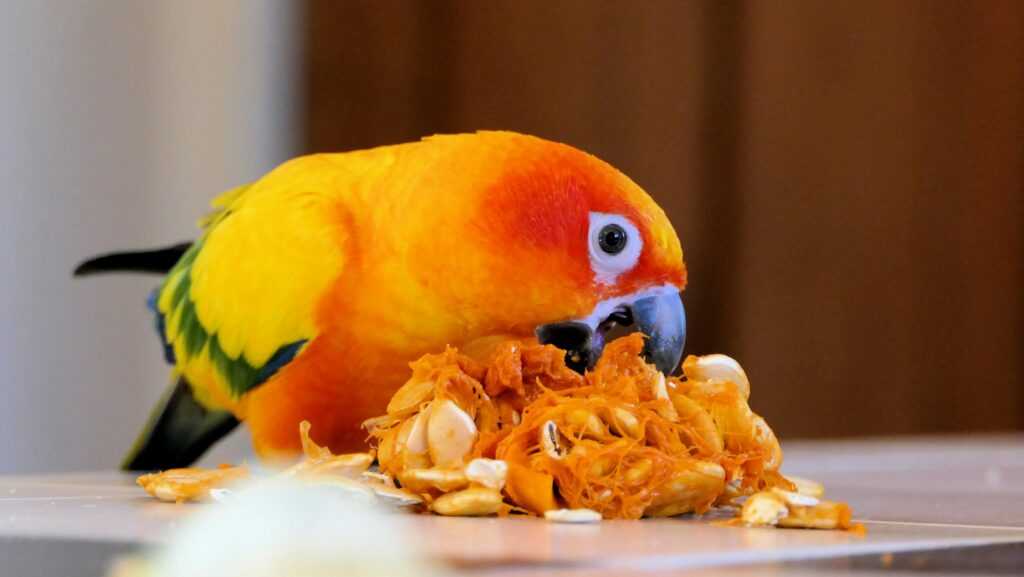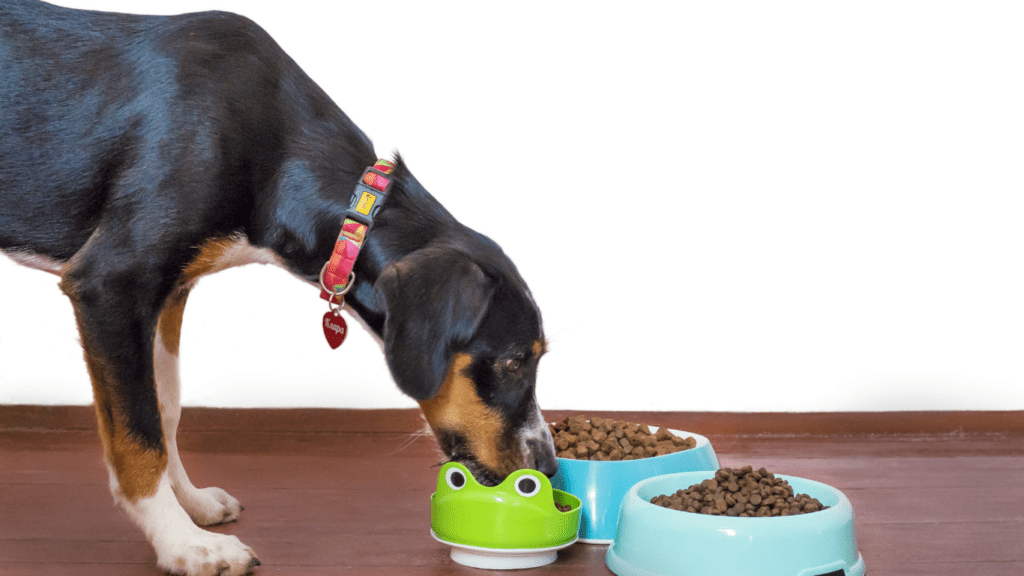Transitioning your pet’s food can be a delicate process that requires careful consideration and planning. As a pet owner, I understand the importance of ensuring a smooth switch to a new diet to avoid any digestive upsets or health issues for our furry friends. In this article, I’ll share valuable insights on how to safely transition your pet’s food without causing any unnecessary stress or discomfort.
I’ve gathered practical tips and expert advice to help you navigate the process of switching your pet’s diet with confidence. From gradual transitions to monitoring their response, I’ll guide you through the steps to make the switch as seamless as possible. Remember, a well-managed diet transition is key to maintaining your pet’s health and well-being in the long run.
Understanding Pet Dietary Needs
When it comes to understanding pet dietary needs, it’s crucial to recognize that not all pets have the same nutritional requirements. Different animals, breeds, and even individual pets may have specific dietary needs based on factors like age, size, activity level, and health conditions. As a pet owner, I know that providing the right balance of nutrients is essential for my pet’s overall health and well-being.
Pets, like dogs and cats, require a diet rich in proteins, fats, carbohydrates, vitamins, and minerals to thrive. Protein is particularly important for muscle maintenance and growth, while fats provide essential energy for daily activities. Carbohydrates are a key energy source, and vitamins and minerals play a vital role in supporting various bodily functions.
It’s important to consult with a veterinarian to determine the best diet for your pet based on their specific needs. A qualified professional can assess your pet’s health status, activity level, and any existing medical conditions to recommend a suitable diet plan. Whether it’s selecting the right commercial pet food or considering a homemade diet, always ensure that your pet’s nutritional requirements are met.
Understanding your pet’s dietary needs is the foundation for providing optimal care and promoting their overall health and longevity. By tailoring their diet to meet their individual requirements, you can ensure that your pet stays healthy, happy, and thriving for years to come.
Risks of Abrupt Diet Changes
Transitioning your pet’s food abruptly can lead to various risks that may affect their health and wellbeing.
- Digestive Upset: Suddenly changing your pet’s diet can result in digestive issues such as vomiting, diarrhea, or constipation. These symptoms can cause discomfort and stress for your pet.
- Nutritional Imbalance: A sudden switch in diet can disrupt the balance of essential nutrients your pet needs for proper growth and overall health. This imbalance can lead to deficiencies in crucial vitamins, minerals, or macronutrients.
- Behavioral Changes: Abrupt diet changes can also impact your pet’s behavior. They may show signs of reluctance to eat, changes in energy levels, or even exhibit signs of aggression due to the stress of the sudden dietary shift.
- Long-Term Health Effects: Continuously subjecting your pet to abrupt diet changes can have long-term implications on their health. Chronic issues like nutrient deficiencies or digestive sensitivities may develop, affecting their quality of life.
- Disruption of Gut Microbiota: The sudden introduction of a new diet can disrupt your pet’s gut microbiota, leading to imbalances in the beneficial bacteria that are crucial for digestion and overall gut health.
To mitigate these risks, it’s essential to transition your pet’s food gradually and seek guidance from a veterinarian to ensure a smooth and safe dietary change.
Tips for Gradual Diet Transitions
When switching your pet’s diet, it’s crucial to do it gradually to minimize the risk of digestive issues and ensure a smooth transition for your furry friend. Follow these expert tips for a safe and successful diet switch:
Assessing Current Diet
Before making any changes, take a close look at your pet’s current diet. Consider factors such as their age, size, activity level, and any existing health conditions. This evaluation will help you choose the most suitable new food and determine the best transition plan.
Selecting New Food
When selecting a new food for your pet, prioritize high-quality options that meet their nutritional needs. Look for well-balanced recipes that provide essential nutrients like proteins, fats, vitamins, and minerals. Consult with your veterinarian if you’re unsure about the right choice for your pet’s specific requirements.
Transitioning Process
To transition your pet to the new diet, start by mixing small amounts of the new food with their current food. Gradually increase the proportion of the new food while decreasing the old one over a period of about 7-10 days. Monitor your pet closely during this transition phase for any signs of digestive upset or discomfort. If any issues arise, consult your vet for guidance on adjusting the transition process.
Monitoring and Adjusting
After successfully transitioning your pet to a new diet, it’s crucial to monitor them closely for any signs of discomfort or adverse reactions. This monitoring phase is essential to ensure that your pet is adjusting well to the new food and to address any potential issues promptly.
During this monitoring period, I recommend observing your pet’s behavior, appetite, stool quality, and overall well-being. Look out for any changes such as decreased appetite, vomiting, diarrhea, or lethargy. These could be indications that your pet is having difficulty adjusting to the new food.
If you notice any concerning symptoms or if your pet’s condition doesn’t improve after the transition period, it’s important to seek veterinary guidance. A veterinarian can provide a comprehensive assessment of your pet’s health and make any necessary adjustments to their diet or recommend alternative options.
Remember, every pet is unique, and what works for one animal may not work for another. Monitoring and adjusting your pet’s diet based on their individual needs is key to ensuring their long-term health and well-being. By staying vigilant and responsive to any changes, you can help your pet make a smooth and safe transition to their new food.




